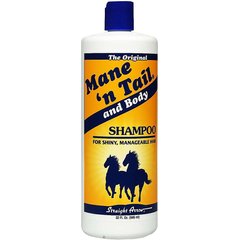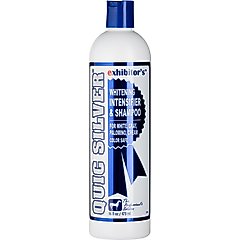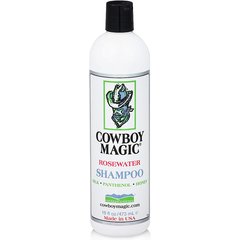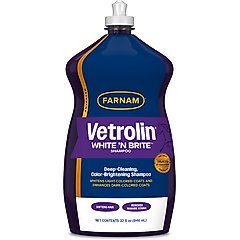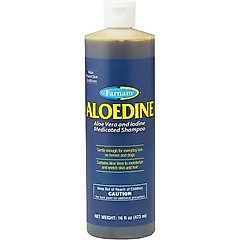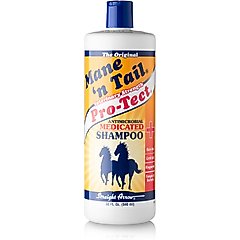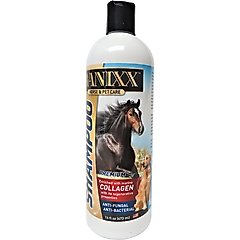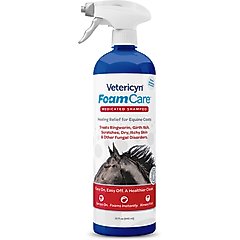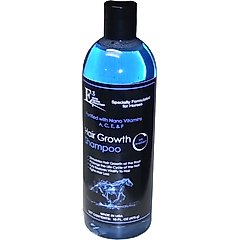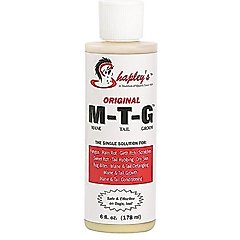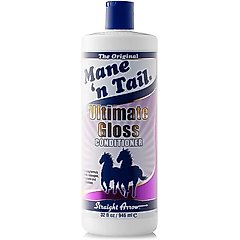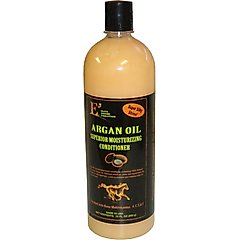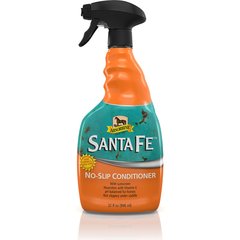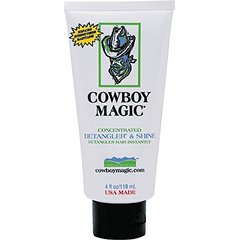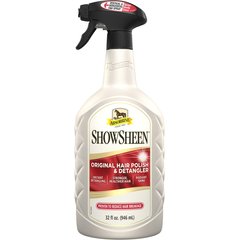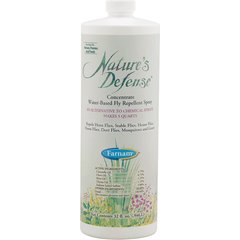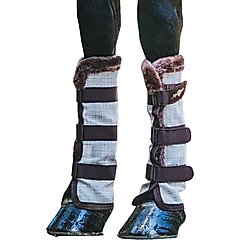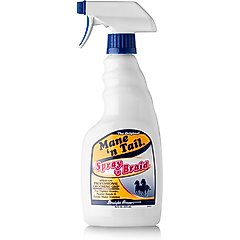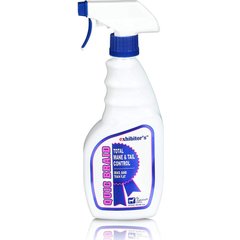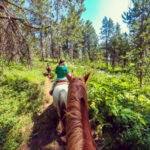The Ultimate Horse Shampoo and Conditioner Guide
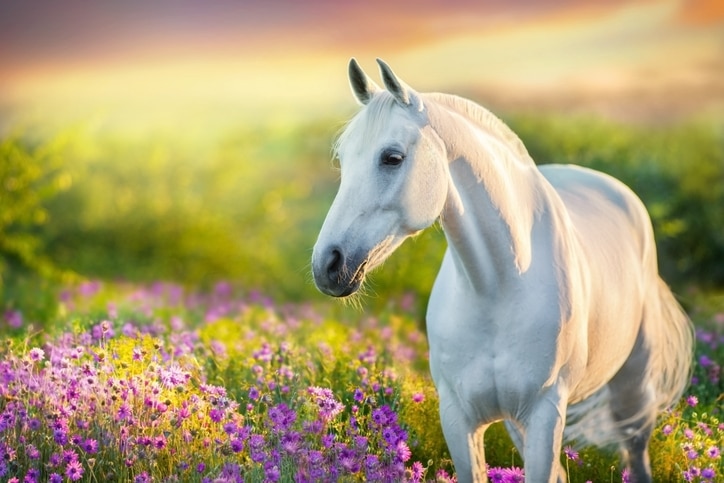
Photo by Nemyrivskyi Viacheslav/iStock / Getty Images Plus via Getty Images
Whether you’re preparing for competition or simply practicing good horse care, the right horse shampoo, horse conditioner, and horse detangler make the job easier. This guide will help you pick the best hair care products for your horse.
Why Is Horse Shampoo Important?
Shampooing your horse is about more than cleaning them for a horse show, parade, or other event. Washing your horse is part of good horse care because it:
- Removes dirt, sweat, and dandruff that can irritate the skin.
- Gives you a chance to inspect your horse for skin issues or injuries.
- Allows you to strengthen your relationship with your horse.
A thorough bath includes shampooing and conditioning your horse’s mane and tail.
A healthy mane and tail do more than add to eye appeal. The mane acts like a scarf, keeping your horse’s neck warm in winter and protecting against summer insects. Healthy tails swish away biting bugs.
The Best Horse Shampoos You’ll Reach for Again and Again
Chances are, you have preferences for your hair products. Maybe it’s the ingredients, the way it smells, or how it protects your color-treated hair or adds volume. Horse shampoos also come in a variety of formulations to provide general bathing and specific cleaning goals.
Regardless of your goals, always use shampoo formulated for horses.
These are a few shampoos for horses you may want to try:
- Mane’ n Tail Shampoo is a general-purpose horse shampoo that provides a deep clean that leaves the coat shiny. Bonus—it is safe for human use, too!
Recommended Product
- Exhibitor’s Quic Silver Shampoo is a color-enhancing shampoo for light-colored horses and makes white markings sparkle.
Recommended Product
- Cowboy Magic Rosewater Shampoo breaks down dirt and grime for a deep clean, leaving hair soft and silky.
Recommended Product
- Farnam Vetrolin White ‘n Brite Shampoo is a deep-cleaning, color-brightening shampoo made with coconut oil. It can be used for a whole-body clean or spot cleaning.
Recommended Product
Overbathing can strip a horse’s coat of natural oils that protect the skin. When possible, limit full baths to once a week or when the horse is extremely dirty or sweaty.
Medicated and Antifungal Shampoo for Horses
Medicated shampoos and antifungal shampoos can help address skin conditions like rain rot, itchy skin, and fungi. Remember to check in with your veterinarian before choosing a product.
These products can help heal your horse and prevent future issues:
- Farnam Aloedine Aloe Vera & Iodine Medicated Dog & Horse Shampoo combines moisturizing aloe vera and 0.5% iodine to help prevent skin conditions caused by excess moisture, like rain and humidity.
Recommended Product
- Mane ‘n Tail Pro-Tect Medicated Horse Shampoo may help reduce skin problems like bacteria, yeast, mold, fungi, and viruses.
Recommended Product
- Banixx Medicated Soap-Free Horse Shampoo treats fungus, scratches, rain rot, girth/mane/tail itch, cannon bone crud, skin yeast infections, and dermatitis. The formulation includes marine collagen to repair damaged hair and skin.
Recommended Product
- Vetericyn FoamCare Equine Medicated Shampoo is a medicated spray foam shampoo that helps treat skin issues like ringworm, girth itch, scratches, fungal disorders, and dry, itchy skin. It includes essential oils for skin and coat health.
Recommended Product
Horse Shampoo for Hair Growth
Genetics are primarily responsible for a horse’s hair thickness and growth rate. Factors such as these can also influence a horse’s mane and tail quality:
- Poorly fitted blankets can unevenly rub out sections of the mane.
- Itchy horses that rub on stall walls, trees, and other surfaces can damage manes and tail heads.
- Playful horses turned out together can result in damaged hair.
- Mouthy horses, especially foals, can ruin tails by chewing.
Specialty products can help encourage hair growth. E3 Hair Growth with Anagain horse shampoo helps stimulate the growth of existing hair, promote hair growth in bald spots, and reduce hair loss.
Recommended Product
Shapley’s Original M-T-G Mane Tail Groom horse solution helps treat skin conditions like rain rot, dandruff, itchy skin, and sweet itch so the area can heal and promote hair growth.
Recommended Product
Do Horses Need Conditioner?
Like using conditioner on your own hair, horse conditioners restore moisture to add shine and softness to your horse’s coat. Conditioners like these featured products make it easier to detangle knots in your horse’s mane and tail:
- Mane ‘n Tail Ultimate Gloss Conditioner adds a high-gloss sheen to a horse’s coat and moisturizes split ends.
Recommended Product
- E3 Argan Oil Conditioner is made from all-natural ingredients to reduce frizz and tangles and add shine to a horse’s coat, mane, and tail.
Recommended Product
- Absorbine Santa Fe Coat Conditioner & Sunscreen is a spray-on conditioner that provides deep conditioning. Its formulation with vitamin E, panthenol, and sunscreen helps protect the coat from the harsh summer sun.
Recommended Product
What About Horse Detangler?
Products like Cowboy Magic Detangler make untangling knots easier and reduce the risk of breaking hair. This detangler is a rich gel that is massaged into the mane and tail to remove tangled messes and deep-condition hair. It only takes nickel-sized amounts to get the job done.
Recommended Product
Another option is Absorbine ShowSheen Instant Detangling Hair Polish, a spray-on polish made with provitamins and silk proteins. It repels dust to keep horses cleaner after bathing. However, it can be slippery, so avoid using it on the saddle and girth areas.
Recommended Product
Always work from the bottom up when detangling, using small sections at a time. Use a comb or your fingers to work knots free to limit hair breakage.
Must-Have Products for Horse Braiders
Many horse owners braid their horse’s manes and tails. Braiding trains manes to lay on one side of the horse’s neck and reduces knots and breakage. Be aware that braiding limits the horse’s natural ability to shoo away flies, so horse fly sprays, horse fly masks, fly boots, and run-in shelters are needed to offer pastured horses protection from biting bugs.
Recommended Products
Many competitive disciplines require braided or banded manes and tails. English disciplines require riders to braid the horse’s mane and top of the tail, while Western pleasure competitions look for riders to band the mane (create small ponytails down the neck.) Even if the rules call for leaving a horse’s mane and tail unbraided, many riders braid the night before and take them out before the class to create a wavy, full look.
Washing the mane and tail can make the hair slippery, so using products like Mane ‘n Tail Spray ‘n Braid and Exhibitor’s Quic Braid gives more grip for tighter braids and neater bands. Both help eliminate flyaway strands for the cleanest look. Equi-Essentials Horse Braids Rubber Bands hold the braids and bands in place for a tidy, finished appearance.
Recommended Products
Attributions
The article was medically reviewed by Kaela Schraer, DVM.
